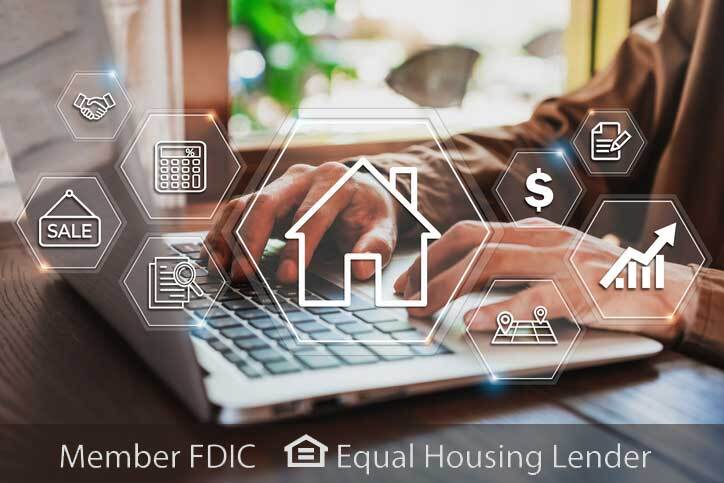
Fixed Rate
What is it? A loan with a constant interest rate through the life of the loan.
How is that constant rate determined? Generally speaking, your interest rate can be based on the current rate market and the length of the loan. Some lenders base it on your credit score and other personal financial factors.
When is the rate determined? Once you’ve submitted an application you may be given the choice to lock in your interest rate. Traditionally, depending on the rate environment, interest rate locks are for 60 or 90 days, depending on the lender. Locking the rate has advantages and disadvantages. During the mortgage application process, should you be locked in and rates increase, your rate will not fluctuate. On the other hand, should rates decrease, you may not be able to take advantage of the lower market rate.
Adjustable Rate
What is it? An “Adjustable Rate Mortgage” is often abbreviated as ARM. An ARM is a loan with a changing interest rate.
How often can it change? Most have an initial fixed-rate period, followed by a period where the interest can change at scheduled intervals. (Such as annually, or every six months.)
What’s the advantage? The risk and reward here has to do with interest rates – because you as a consumer are assuming more of the risk, your interest rate may be lower than what is available with a fixed-rate mortgage. There is then a possibility that at each interval, your interest rate could drop, but also possible that it could rise. Many ARMs include a “rate cap” which prevents drastic increases in interest rates. The loan terms around these loans can be very specific and depend on the lender.
Can you give me an example? Let’s say your lender offers a “2/1/5” with a “5/6 ARM.” What does all that mean? Let’s break it down. To start with: “5/6” refers to the initial fixed-rate period and the interval that follows. 5/6 = A five year period with a fixed-rate, with possible rate changes every 6 months after. Now, let’s explain the “2/1/5.” This ARM has an “initial rate change” which is 2%, which means as you exit the fixed-rate period your rate can change a maximum of 2% (up or down). This is followed by a “maximum change per change” of 1%, which means that at each interval afterwards, the interest rate will not rise or lower by more than 1%. Finally, it has a cap of 5%, meaning that throughout the life of the loan the interest rate will never rise or lower more than 5 percentage points above the initial rate. Yes, it’s complicated!
Important note: Please note that the stability of your monthly mortgage payment is not solely determined by the rate of your loan, as property taxes and hazard insurance are typically reflected in the monthly payments as well, and can also change for reasons unrelated to lending.
Other Mortgage Factors
Sometimes you will hear these terms associated with mortgages. They are not structured differently than traditional fixed-rate and ARMs, but it always helps to know what they mean!
First time homebuyers
A mortgage for a first-time home-buyer is not a different type of loan than a fixed rate or ARM. Rather, it is an additional set of circumstances that can help a person make the leap to home ownership.
Being a first-time homebuyer will enable you to take advantage of some first time homebuyer offers. For example, an offer for low down payment options that can you get into your home.
Did you know? If an individual hasn’t owned a home in over 3 years they can qualify to be a first time homebuyer again.
Jumbo Mortgage
A Jumbo Mortgage sounds like a mortgage for elephants, or possibly houses designed for people over 7 feet tall, but in fact it is really just any loan amount over a certain limit, known as the “conforming loan limit.” This limit is set by the Federal Housing Finance Authority each year, and in 2023 is $726,200.
So, a Jumbo Mortgage is another way of saying “very big loan.” Many lenders offer Jumbo Mortgages for both existing properties and for new construction, which obviously can get very expensive. Depending on the circumstances, Jumbo Mortgage interest rates can be lower or higher than standard rates.
Please note the conforming loan limit (CLL) refers to the amount borrowed – this means that if you are putting money down on a property, its total price may exceed the limit without becoming a jumbo mortgage. If you are borrowing over the CLL, you’re getting a jumbo mortgage.
All loans are subject to credit approval.
